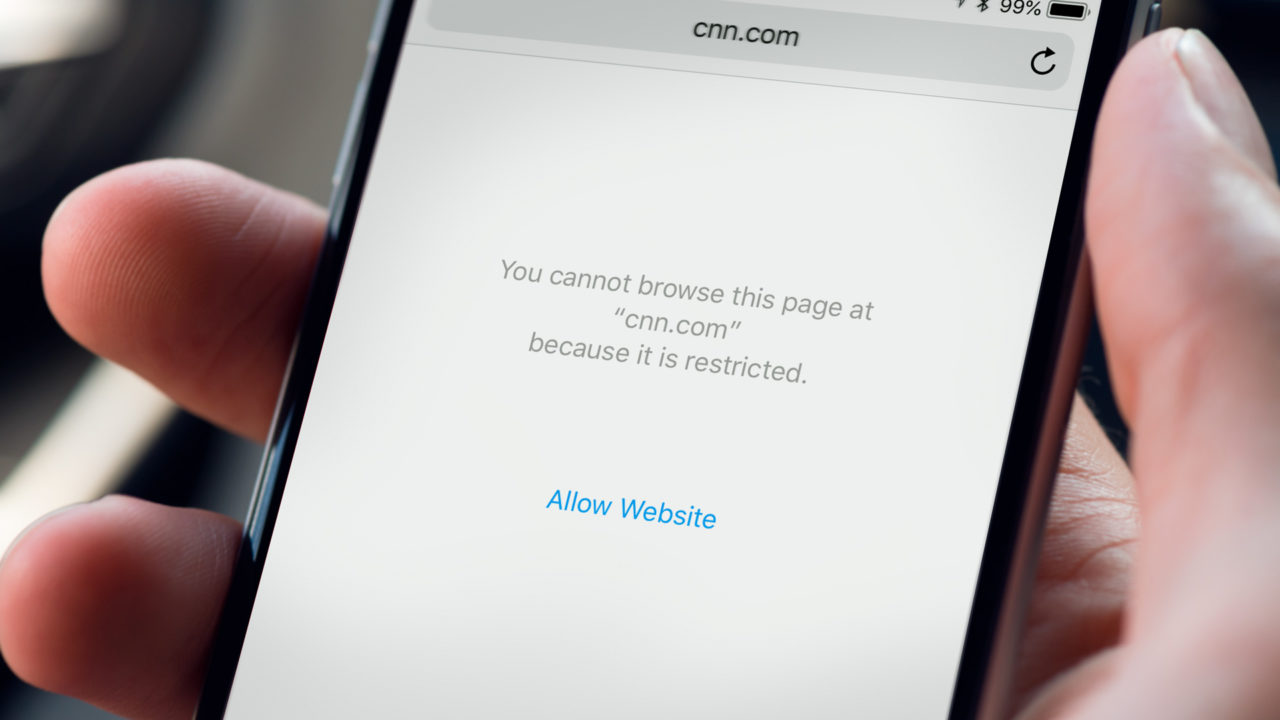Home>Software and Apps>How To Open Blocked Sites On iPhone Without VPN


Software and Apps
How To Open Blocked Sites On iPhone Without VPN
Modified: September 5, 2024
Learn how to access blocked websites on your iPhone without using a VPN. Discover the best software and apps for bypassing restrictions and accessing content securely. Unlock a world of possibilities with these effective solutions.
(Many of the links in this article redirect to a specific reviewed product. Your purchase of these products through affiliate links helps to generate commission for Techsplurge.com, at no extra cost. Learn more)
Table of Contents
Using a Proxy Server
One straightforward way to access blocked sites involves using a proxy server. This intermediary masks your IP address, allowing you to bypass restrictions.
Find a Reliable Proxy Server
- Search for free or paid proxy servers online. Popular options include HideMyAss, ProxySite, and Hidester.
Configure Your iPhone’s Settings
- Open the Settings app.
- Tap on Wi-Fi.
- Tap on the i icon next to your connected Wi-Fi network.
- Scroll down and tap on HTTP Proxy.
- Enter the proxy server address and port number. For example,
hide.my.ass.comas the server address and8080as the port number.
Save Your Changes
- Tap on Save to apply the changes.
Test Your Connection
- Try accessing the blocked site using Safari or another browser app.
Using a Browser Extension
Browser extensions can also help bypass restrictions. While typically designed for desktop browsers, some mobile browsers support them too.
Choose a Compatible Browser
- Some mobile browsers like Firefox Focus and Firefox for iOS support add-ons.
Install the Extension
- Download the browser from the App Store.
- Open the browser and navigate to its settings or add-ons section.
Enable Proxy Settings
- Look for extensions related to proxies or privacy tools, such as Proxy Extension or VPN Proxy Master.
- Enable and configure these extensions according to their instructions.
Test Your Connection
- Access the blocked site using your browser.
Using a Third-Party App
Several third-party apps on the App Store claim to help bypass geo-restrictions without needing a VPN.
Download a Proxy App
- Search for “proxy” or “unblocker” in the App Store. Reputable options include Proxy Master Free VPN, Turbo VPN, and Betternet VPN.
Configure the App
- Open the app and follow its setup instructions. Some apps may require account creation or additional information.
Test Your Connection
- Access the blocked site using Safari or another browser app.
Using DNS Over HTTPS (DoH)
DNS Over HTTPS encrypts DNS queries using HTTPS, helping to bypass some types of internet censorship.
Enable DoH on Your iPhone
- Open the Settings app.
- Tap on Wi-Fi.
- Tap on the i icon next to your connected Wi-Fi network.
- Scroll down and look for “DNS” or “Manual DNS Configuration.”
- Select “Manual” and enter a DoH-enabled DNS server address like
cloudflare-dns.comorgoogle-public-dns.com.
Save Your Changes
- Tap on Save to apply the changes.
Test Your Connection
- Access the blocked site using Safari or another browser app.
Using Tor Browser
Tor Browser anonymizes internet traffic through multiple layers of encryption and routing.
Download Tor Browser
- Download Tor Browser from its official website. Install it on your iPhone using an emulator like BlueStacks or sideload it via Cydia Impactor if your device is jailbroken.
Configure Tor Browser
- Open Tor Browser and follow its setup instructions.
Test Your Connection
- Access the blocked site using Tor Browser.
Using Mirror Sites
Mirror sites are replicas of blocked websites hosted on different servers or domains.
Find a Mirror Site
- Search online for mirror sites related to the blocked website. Use search terms like “mirror site” followed by the website name.
Accessing Mirror Sites
- Visit the mirror site using Safari or another browser app.
Using Public Libraries or Wi-Fi Networks
Public libraries and some Wi-Fi networks may not enforce strict internet censorship policies.
Visit a Public Library
- Many public libraries offer free Wi-Fi access without strict filtering policies.
Use Public Wi-Fi Networks
- Some coffee shops, universities, or other public places offer Wi-Fi networks that might not block certain websites.
Test Your Connection
- When using public Wi-Fi networks, ensure a secure connection by checking for HTTPS in the URL bar and avoiding suspicious links or downloads.
By understanding these options and how they work, you'll be better equipped to access restricted online content whenever necessary. Always prioritize online security by using reputable sources and being cautious when accessing unfamiliar websites or services.

